Easy way to get rid of moths from your home - 2023 Quick Guide

Why do I have weird holes in my clothes?
It's possible that you've had a moth infestation. The larvae of several types of moth (particularly the so-called clothing moth and fur moth) can damage textiles, furs, feathers, and hair. Read the rest of this article to learn how to get rid of moths in your house!
- What are the Different Types of Moths?
- How to Avoid Moth Infestations or Get Rid of an Existing Moth Infestation
What are the Different Types of Moths?
Moths come in a variety of forms. Clothing moths and fur moths are two of the most frequent moth species in our homes, belonging to the family of real moths.
It is also common with pantry moths in homes. Pantry moths is a collective name for a number of different species of moths whose larvae eat food products of various kinds.
Click the picture or this text to see Swedish Red Pantry Moth and Carpet Moth Traps
Common clothes moth/Webbing clothes moth, or simply Clothing moth
If your clothes have small, uneven holes with fluff around the edges, it is probably the larvae of the clothes moth that made them. Clothing moth Tineola bisselliella is a type of moth that is shiny golden brown with a copper-colored head.
Pantry moths
If you have moths in the kitchen, it is likely to be pantry moths. These small moths of various species that feed on food products such as rice, flour, crusts, biscuits, spices, chocolate, dog food, nuts, seeds, dried fruit and muesli. Their larvae spin sticky threads as they crawl around in the food, which eventually forms a mold in the food.
Green moth
If you see a green moth, it is probably a golden-eyed dragonfly. Golden-eyed dragonflies are not pests but on the contrary are very useful to humans, as they eat aphids, mites and other pests. They live and lay eggs outdoors, but like to overwinter indoors and in the autumn they change color to reddish brown, so you can be fooled into thinking that you have got moths into the house. They are drawn to light and often sit in the window frame.
Moths can fly in through the window, but they can also be brought in via old clothes and textiles into the home. If you shop secondhand or inherit old furniture or clothes, you should check that they do not contain molds before taking them into your home. Clothes can be washed at 60 degrees or put in the freezer, to be on the safe side. Furniture can be left outdoors for a couple of days, if it is minus degrees or less.
Bird nests and other animal nests almost always contain moths or other pests. Dead animals and insects can carry moth eggs or mallow larvae.
How to Avoid Moth Infestations or Get Rid of an Existing Moth Infestation
- Never put clothes or fabrics away without washing them first. Moths thrive in unwashed clothes and like to lay their eggs there.
- Feel free to use curtains and preferably mosquito nets if you have the window open in the summer. Feel free to set a trap or two for the moths that still find their way into the house.
- Clean thoroughly by dusting, vacuuming and wet-drying all surfaces at regular intervals.
- Take all clothes out of cupboards and closets from time to time and shake them and wet dry the cupboards.
- Take out and whip the carpets.
- Remove old bird nests.
- Put clothes you do not use as often and clothes you do not want to wash after each use in vacuum bags to protect them from moths. This especially applies to knitted garments and fur, which are two of the moths' favorites.





